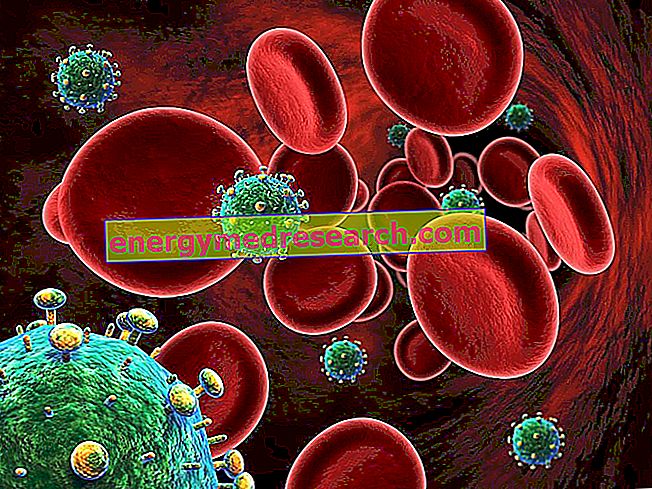
The chest X -ray, also known as chest radiograph, is a diagnostic test that produces images of the heart, lungs, respiratory airways, sternum bones, back bones and blood vessels, present in the thoracic area.
The production of images is possible thanks to a particular technological tool, which emits ionizing radiation.
As regards the realization of an RX-chest, this happens in a very simple way: the patient is positioned between the instrument that emits ionizing radiation (behind) and the photographic plate or the digital detector for recording radiation (in front of, in direct contact with the chest).
Once the instrument is activated, the radiations in output strike the thorax of the individual under examination and, based on how they are absorbed by the various anatomical structures, are imprinted on the plate with different shades. For example, the bones are white because they absorb a lot of radiation, while the lungs appear black because they absorb little radiation.
In general, the examination takes place from standing, but, in certain situations, it can also be performed lying down on a bed specially designed for the purpose.


